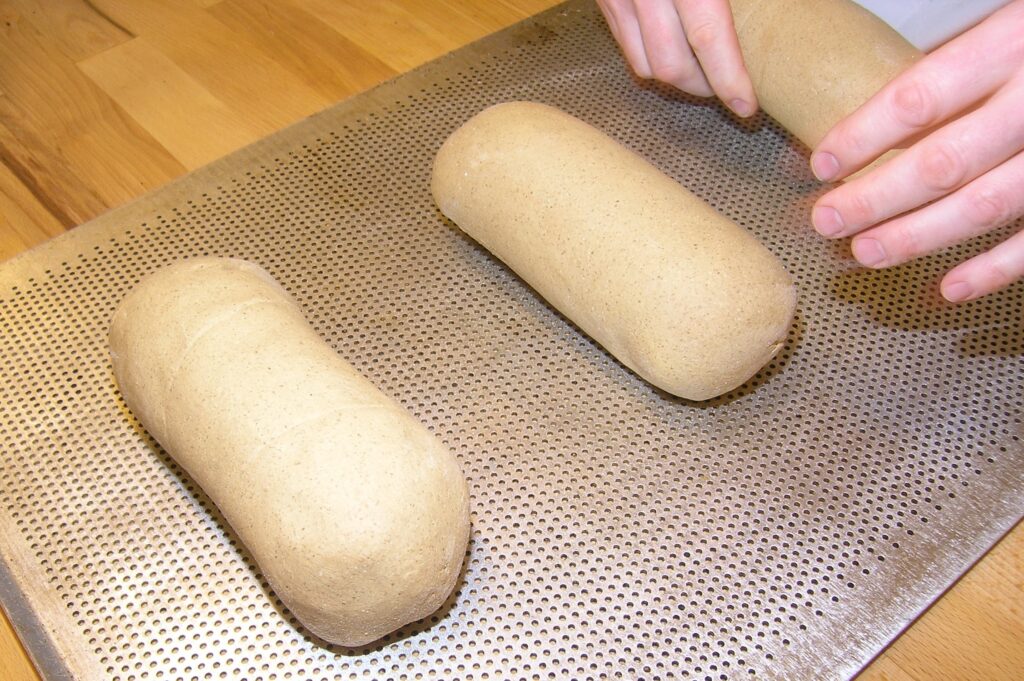Pizza is a universally loved dish, favored by people all over the world. This article will guide you through the process of making pizza dough at home, a crucial step in crafting the perfect pizza.
Let’s get cracking.

Let’s delve into the art of making pizza dough using self-rising flour and yeast, an approach that simplifies the process and is perfect for those without access to all-purpose flour or seeking a quicker preparation method.
Ingredients
- 2 cups self-rising flour
- 1 tbsp instant yeast
- 1 tsp sugar
- 1 tsp salt
- 1/2 cup warm water
- 1 tbsp olive oil
Instructions
- In a large mixing bowl, combine self-rising flour, instant yeast, sugar, and salt (if using).
- Add warm water and olive oil, stirring until a dough forms.
- Knead the dough on a floured surface for 5-10 minutes until smooth and elastic.
- Let the dough rise in a warm place for 30-60 minutes, or until doubled in size.
- Punch down the risen dough and divide it into two portions. Roll each into a circle.
- Add your favorite toppings, like tomato sauce, cheese, and vegetables or meats.
- Bake at 425°F for 12-15 minutes or until the crust is golden and cheese has melted.
Tips and Advice
- Remember that self-rising flour contains salt and baking powder.
- Use instant yeast for easier dissolution in the dough.
- Warm water activates yeast but should not be too hot.
- Kneading develops gluten, which gives dough elasticity.
- Let the dough rise in a warm, draft-free spot.
- Avoid overworking the dough to prevent toughness.
- Preheat the oven for even cooking.
- Explore various toppings for different flavors.
Conclusion
Using self-rising flour and yeast to make pizza dough is a convenient and quick method. By following these guidelines, you can create a delicious homemade pizza that will impress everyone.
FAQs
1. My pizza dough isn’t rising properly. What am I doing wrong?
Here are things that may cause this:
- Ensure you use warm water (between 105-115 degrees Fahrenheit) to activate the yeast. If the water is too hot, it can kill the yeast.
- If the room is too cold, the dough may not rise properly. Letting the dough rise in a warm, draft-free area, such as near the oven or in the refrigerator.
- Make sure that you’re using fresh yeast and self-rising flour, as expired ingredients can also affect the dough’s ability to rise.
2. My pizza crust is too thick and doughy. How can I fix this?
- Pre-baking the crust for a few minutes before adding the toppings can help ensure it cooks evenly and doesn’t become too thick.
- Overworking the dough can make it tough and chewy.
3. How to make a tough dough soft?
Try kneading the dough for a shorter period and allowing it to rest a bit longer before baking. Additionally, try baking the pizza at a slightly lower temperature (around 425-450 degrees Fahrenheit) and for a shorter time (around 10-15 minutes).
After crafting your pizza dough, enhance its flavor with a homemade cheese sauce using shredded cheese.

